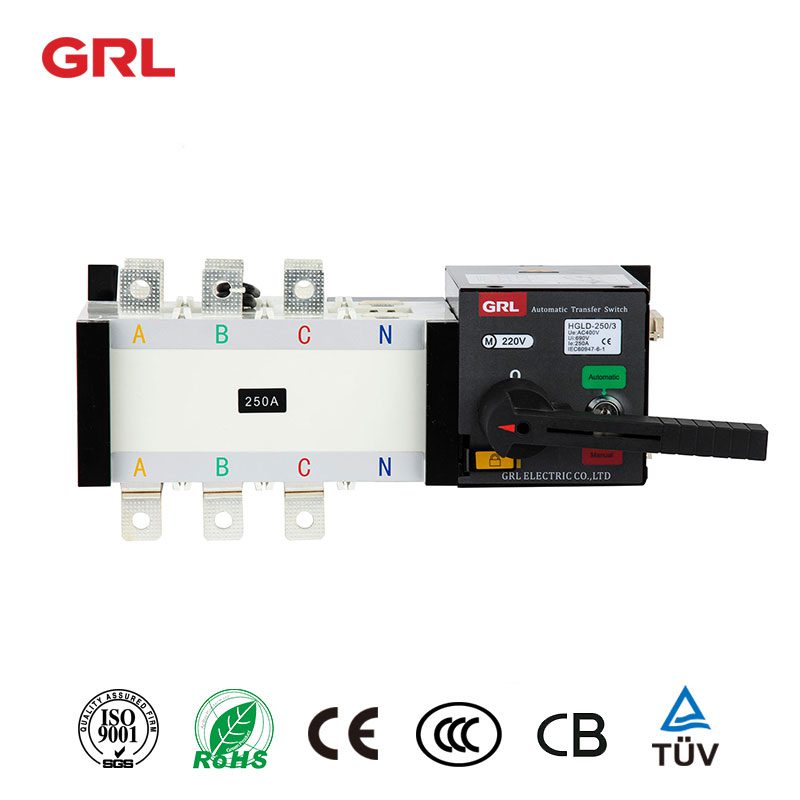
# Automatic Transfer Switch: Key Features and Applications
## Introduction to Automatic Transfer Switches
An Automatic Transfer Switch (ATS) is a critical component in power management systems, designed to automatically transfer electrical load between primary and backup power sources. These switches play a vital role in ensuring uninterrupted power supply for various applications, from residential buildings to industrial facilities.
## Key Features of Automatic Transfer Switches
### 1. Seamless Power Transition
ATS units provide smooth and automatic switching between power sources, typically within seconds of detecting a power outage. This rapid response minimizes downtime and prevents disruptions to critical operations.
### 2. Built-in Safety Mechanisms
Modern ATS systems incorporate multiple safety features, including:
- Source synchronization monitoring
- Overload protection
- Short-circuit protection
- Voltage and frequency monitoring
### 3. Multiple Operation Modes
Advanced ATS models offer different operation modes to suit various requirements:
- Automatic mode (default operation)
- Manual mode for maintenance purposes
- Test mode for system verification
- Bypass mode for switch maintenance
Keyword: Automatic Transfer Switch
### 4. Monitoring and Control Capabilities
Many ATS units now feature sophisticated monitoring systems with:
- Remote monitoring capabilities
- Event logging
- Diagnostic functions
- Integration with building management systems
## Common Applications of Automatic Transfer Switches
### 1. Commercial Buildings
Office buildings, shopping centers, and hotels rely on ATS systems to maintain power for lighting, elevators, and critical systems during utility outages.
### 2. Healthcare Facilities
Hospitals and medical centers use ATS units to ensure continuous power for life-saving equipment, maintaining patient safety during power interruptions.
### 3. Data Centers
In the digital age, data centers require 24/7 power availability. ATS systems help prevent costly downtime by instantly switching to backup generators when needed.
### 4. Industrial Plants
Manufacturing facilities implement ATS solutions to protect sensitive equipment and maintain production continuity during power fluctuations or outages.
### 5. Residential Applications
High-end homes and critical residential installations (such as home medical equipment) increasingly incorporate ATS systems for reliable backup power.
## Choosing the Right Automatic Transfer Switch
When selecting an ATS, consider these factors:
- Load requirements (amperage and voltage)
- Number of power sources
- Transfer time requirements
- Environmental conditions
- Compliance with local electrical codes
Proper sizing and installation by qualified professionals are essential for optimal performance and safety.
## Future Trends in ATS Technology
The ATS market continues to evolve with:
- Integration with renewable energy sources
- Advanced predictive maintenance capabilities
- Improved energy efficiency
- Enhanced cybersecurity features
As power reliability becomes increasingly critical across all sectors, automatic transfer switches will continue to play a vital role in power management systems worldwide.